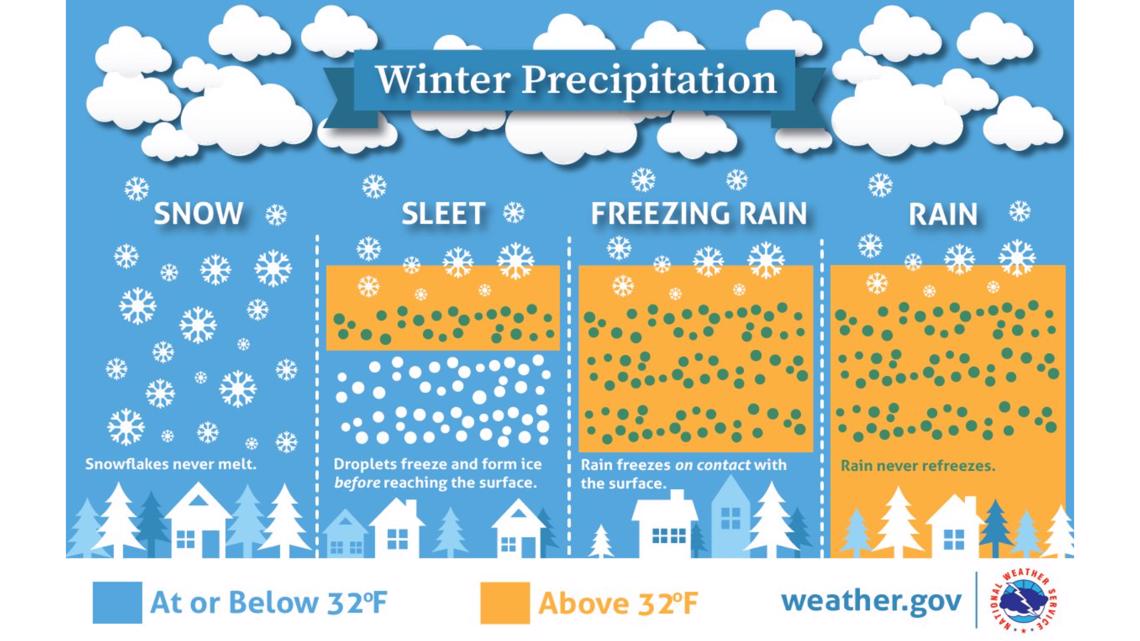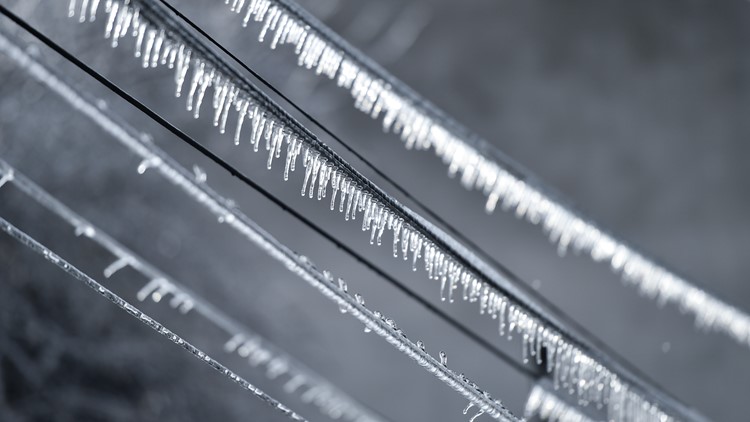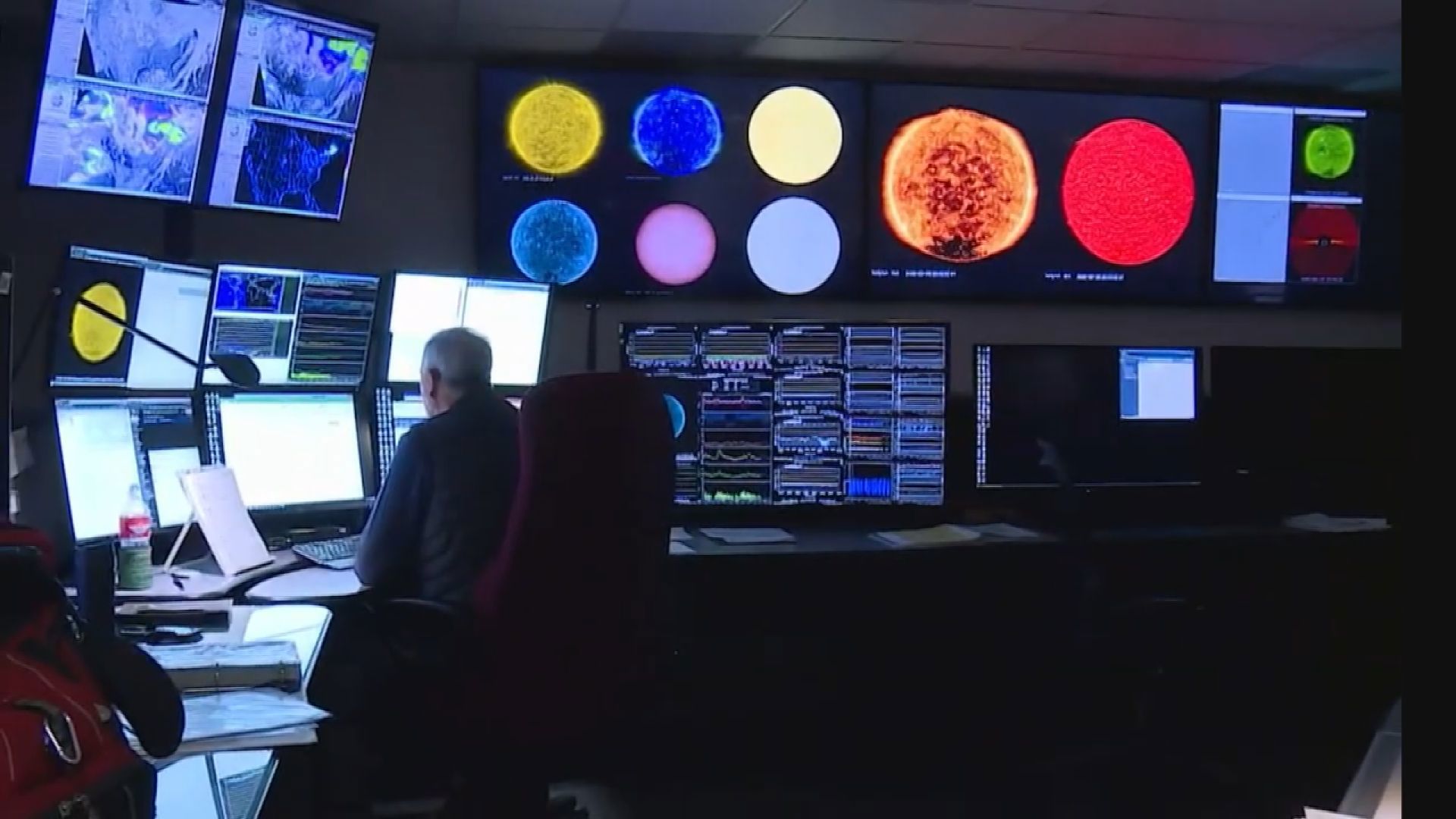SEATTLE — The next winter storm to hit western Washington is expected to bring snow, sleet, and freezing rain, which will cause travel disruptions and potentially lead to at least isolated power outages.
But what exactly is freezing rain? How does it happen? And why can it be so dangerous?
Freezing rain
Freezing rain is different from rain and other types of wintry precipitation.
Unlike snow, where a snowflake falls through the atmosphere that typically stays at 32 degrees Fahrenheit or colder from the cloud to the ground, freezing rain passes through warmer air, causing the snowflakes to melt.
These melted snowflakes don't have enough time to refreeze (sleet) before hitting the ground so they fall as cold, liquid water and instantly freeze upon contact with the ground and other surfaces.


Freezing rain produces a layer of ice on trees, cars, and roadways, creating hazardous driving conditions and can lead to power outages if the weight of the ice is heavy enough on powerlines and trees. This can lead to structural damage and roadway hazards.
Bridges, overpasses and elevated roadways are especially susceptible to icing as they are surrounded on all sides by the cold air and freeze more quickly, according to the National Weather Service.



